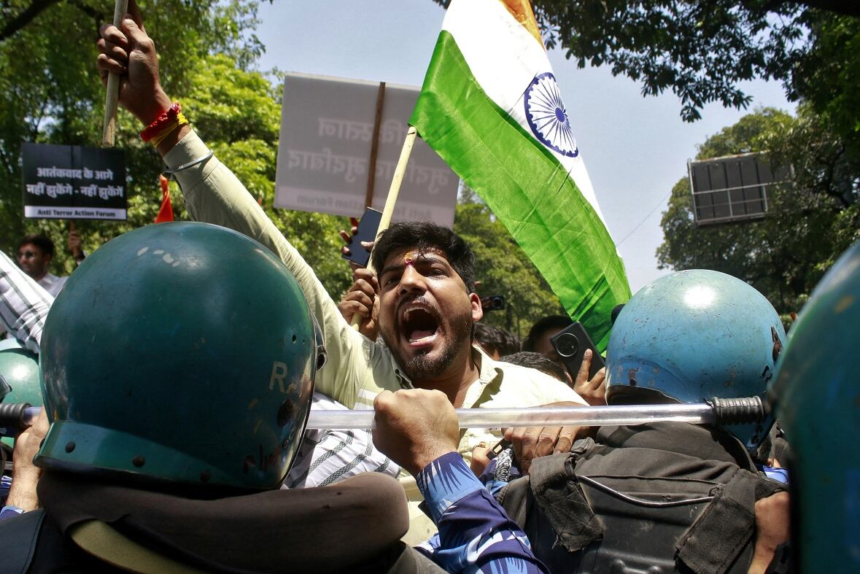Introduction
The recent Pahalgam attack that claimed the lives of several Indian tourists has ignited a troubling wave of violence against Kashmiris in India. As tensions in the region escalate, Kashmiri civilians living outside their home state are facing harassment, discrimination, and targeted assaults. This article breaks down seven key developments following the attack that highlight the growing backlash and its consequences for the Kashmiri community.

1. Rise in Physical Assaults on Kashmiri Students
Several student groups across Indian cities like Delhi, Chandigarh, and Pune have reported being targeted in the wake of the Pahalgam incident. Videos circulating online show mobs attacking hostels and chanting anti-Kashmiri slogans, creating an atmosphere of fear and isolation.
2. Evictions from Rented Homes
Landlords in cities such as Bangalore and Mumbai have reportedly asked Kashmiri tenants to vacate their premises, citing “security concerns.” Human rights activists warn that such discriminatory practices may violate constitutional protections and further alienate Kashmiris.
3. Boycotts and Social Ostracism
Kashmiri shop owners and small business operators in states like Rajasthan and Uttar Pradesh have faced organized boycotts. Posters calling for citizens to avoid “Kashmiri goods” have appeared in multiple marketplaces, inflaming communal tensions.
4. Political Leaders Fueling the Fire
While some Indian politicians have called for unity, others have made inflammatory statements that reinforce anti-Kashmiri sentiment. Critics argue that this politicization of the attack is deepening divisions and encouraging vigilantism.
5. Online Harassment and Doxxing
Numerous Kashmiris have reported receiving threats on social media platforms. In some cases, their personal information—including addresses and phone numbers—has been leaked online, increasing their vulnerability.
6. Detentions and Curfews in the Valley
Back in Kashmir, the response has been swift and militarized. Security forces have conducted door-to-door searches, detained dozens of youth, and imposed temporary curfews in parts of Srinagar and Anantnag, further heightening tensions between civilians and the state.
7. Silence from National Authorities
Despite growing concerns, the Indian central government has offered limited comment on the backlash against Kashmiris. Human rights groups have criticized the lack of proactive measures to protect the vulnerable community from reprisals.

Conclusion
The aftermath of the Pahalgam attack has underscored how violent incidents in conflict zones can ripple outward, affecting innocent civilians and deepening societal divides. The violence against Kashmiris reveals a troubling pattern of scapegoating and collective punishment. If left unaddressed, these responses risk inflaming an already volatile situation and undermining India’s democratic values. A call for restraint, justice, and protection for all citizens—regardless of ethnicity or origin—is now more urgent than ever.
Read next: India Suspends Visas for Pakistanis After Militant Strike











